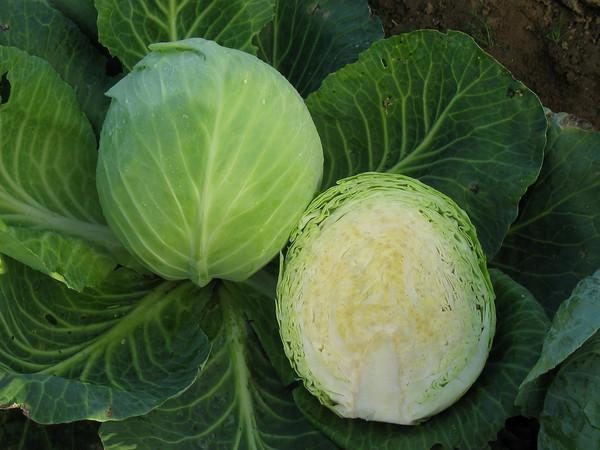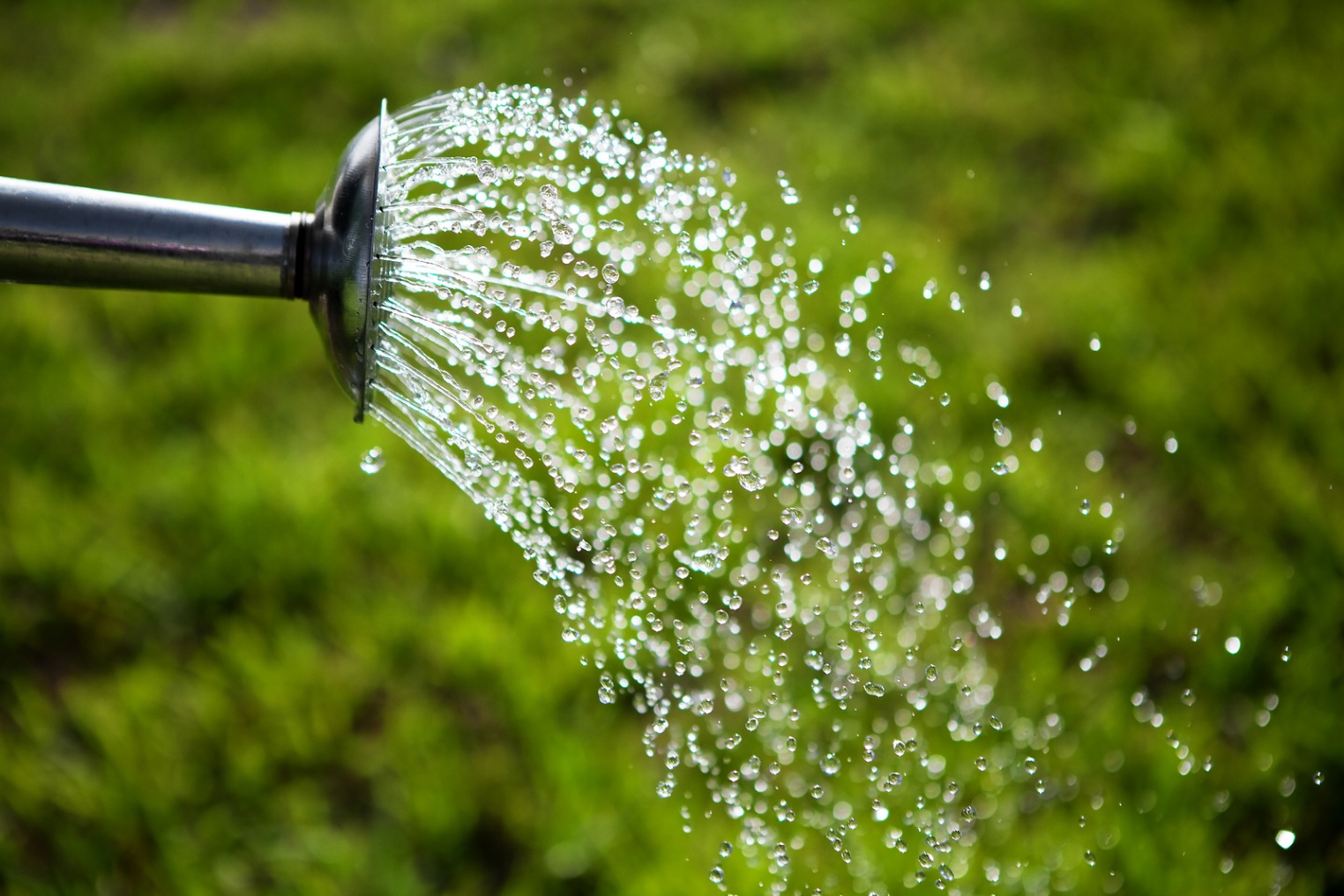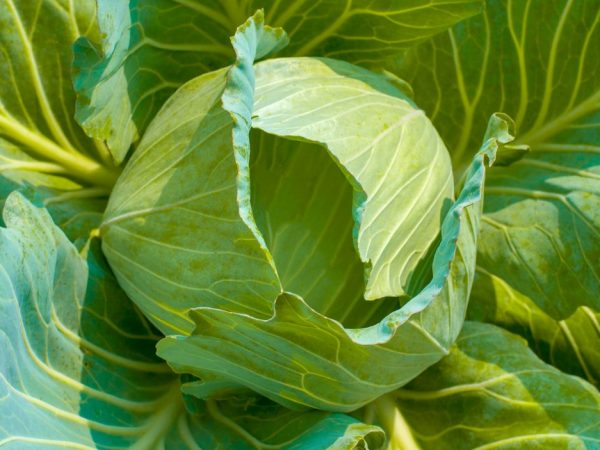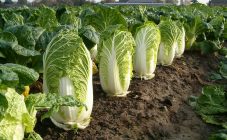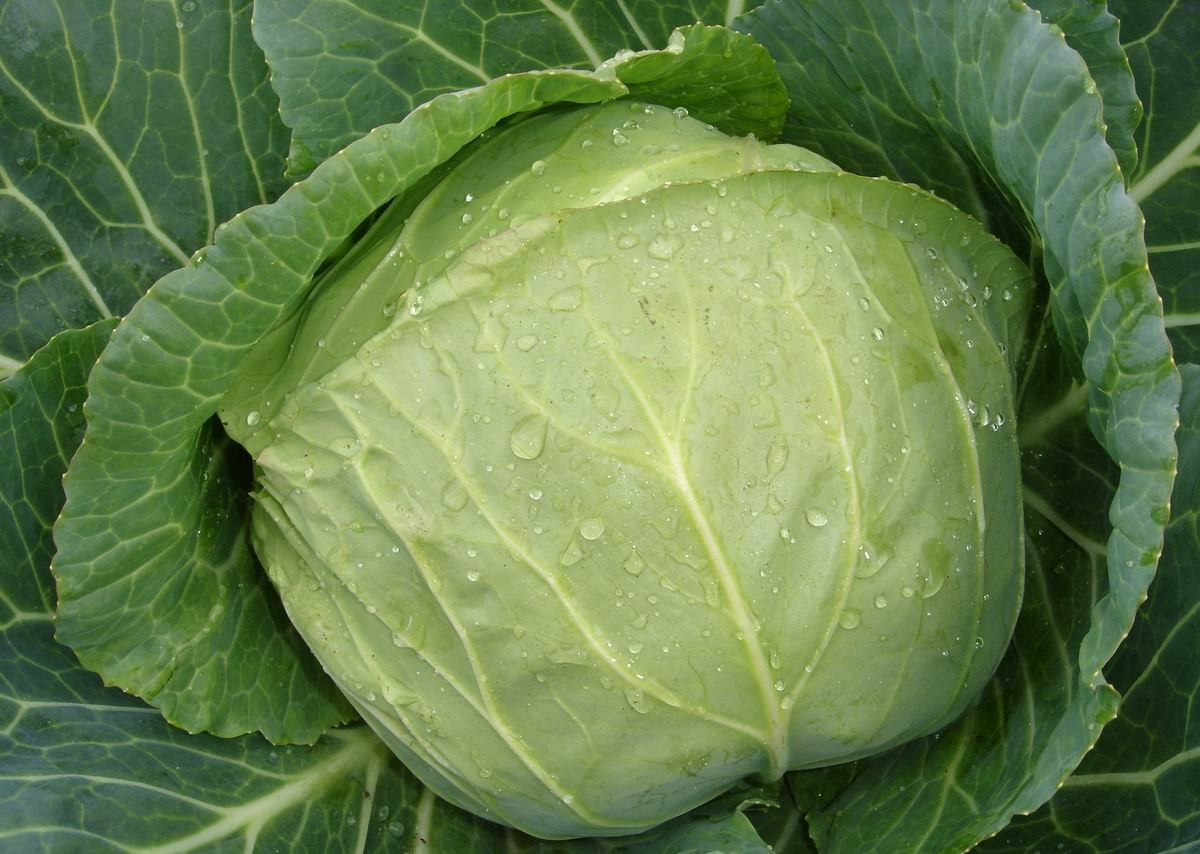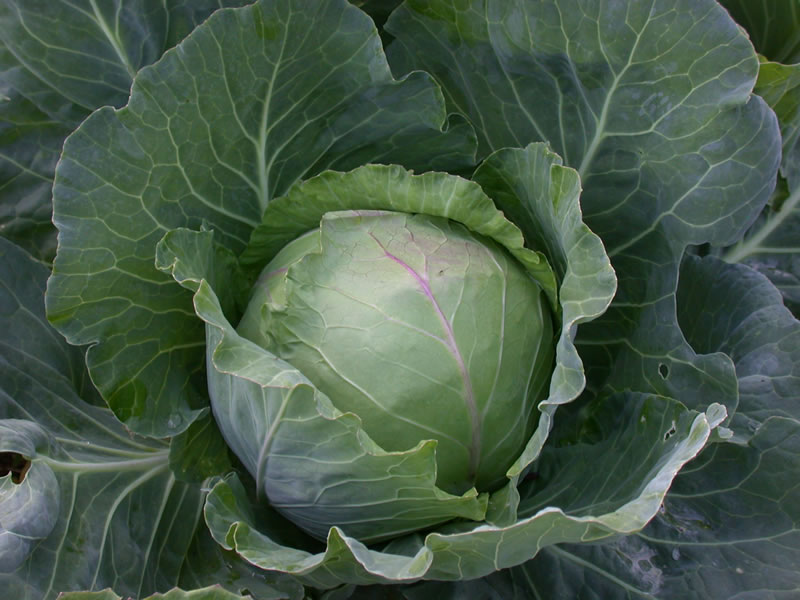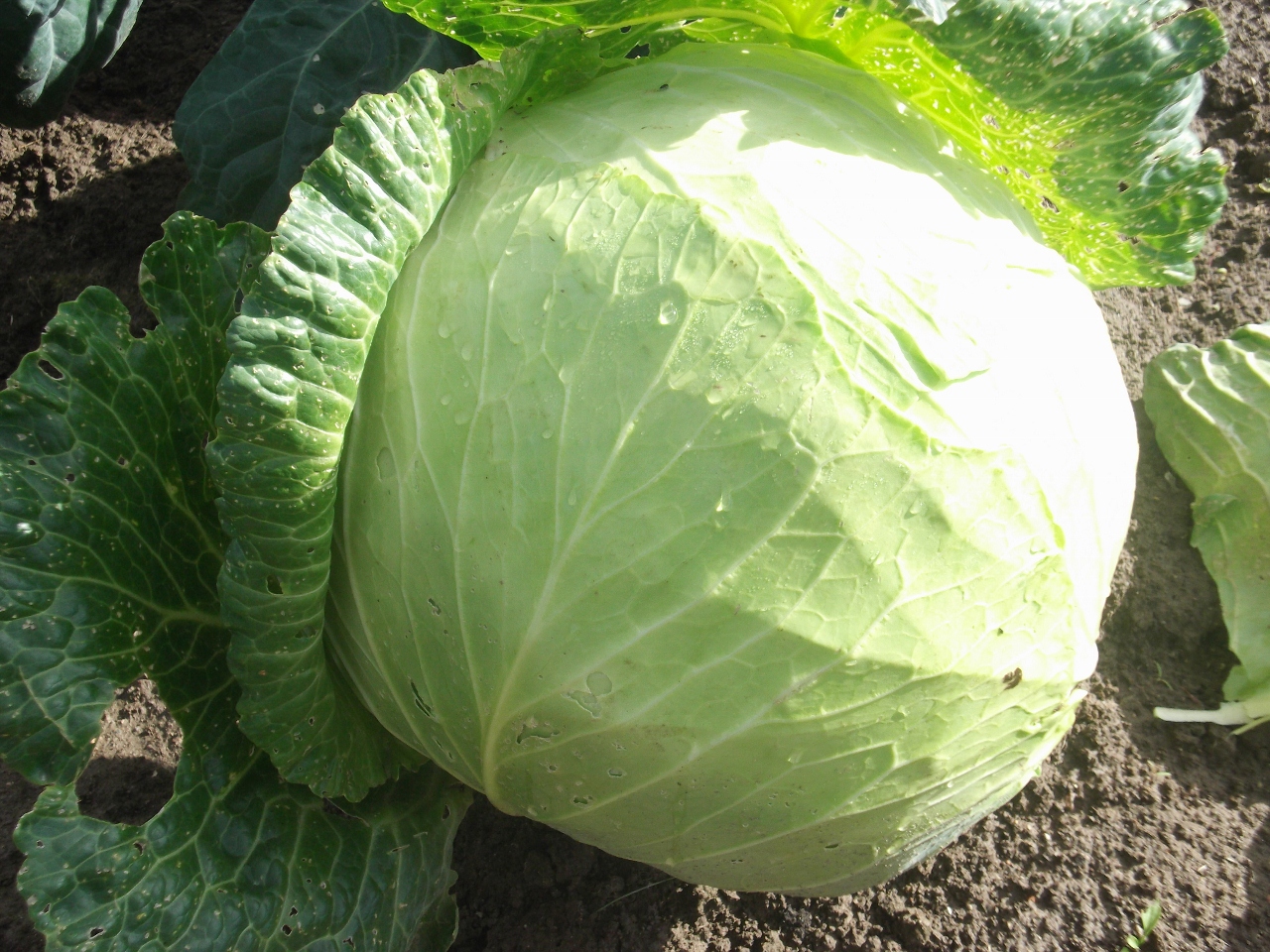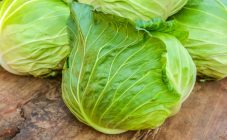Sugarloaf cabbage is considered among the most popular among vegetable gardeners in terms of the benefits and availability of agricultural technology. This type of culture is called the "cabbage queen".
Cabbage Sugarloaf: description
The variety belongs to the family of white cabbage cruciferous vegetables. It was bred by Moscow breeders. Cabbage Sweet head, the characteristics of which will be given below, perfectly take root in all regions of the country.
Sugarloaf cabbage can weigh 2-4 kg. Its head consists of green leaves covered with a light waxy coating. Succulent leaves with wavy edges are tightly pressed against a short head of cabbage. Plant height can range from 40-60 cm, and the head diameter is 75-85 cm. This is a late-ripening variety: the growing season lasts from 130 to 160 days.
The leaves contain much more vitamins and microelements than other cabbage leaves. It can be used for cooking various dishes, as well as for pickling or salting. Cabbage has excellent keeping quality and transportability.
In order for the Sweet Head cabbage to be juicy and not have a bitter taste, it is recommended to cut it off immediately after the second autumn frost.
Features of agricultural technology
It is better to plant this variety using seedlings. April is suitable for this. Seeds need pre-sowing preparation. To do this, they are soaked for 12 hours in a weak solution of potassium permanganate or potassium humate. After that, the planting material is thoroughly washed with warm water and then dried well.
You can prepare the soil for planting seedlings yourself. For this, turf, sand and peat are mixed in equal quantities. You can also use the following composition: turf, sand and humus. It is better to use peat pots as containers for seedlings.
To prevent the seedlings from stretching out, it is recommended to place containers on a well-lit windowsill, where there are no drafts and direct sunlight. The room temperature should be between 20-25 degrees.
Cups with seedlings are planted on the beds after 4 true leaves are formed on the plants. As a rule, seedlings reach this growth phase already at the beginning of summer.
Young plants must be planted in pre-prepared soil. To do this, experienced gardeners recommend adhering to the following rules:
- seedlings are not planted for 2 years in a row in the same place;
- Crops such as pumpkin, legumes, onions, or potatoes are good precursors for Sugarloaf;
- the most optimal for planting cabbage is a slightly acidic or neutral soil;
- well-lit places are suitable for growing crops.
The bed on which the cabbage will grow is well dug up in the fall. Before planting, it is loosened again, and fertilizers are also applied to it. To do this, you can use a solution consisting of ash and water.
During the growth period, plants need feeding. To do this, you can use manure dissolved in water.Fertilize cabbage with this solution 2 or 3 times.
You can strengthen the root system by hilling bushes. This can be done after the plant has formed from 10 to 13 sheets. In addition to strengthening the root, hilling will help the formation of lateral roots.
You need to water 1-2 times for 20 days. Pour approximately 2 buckets of water under each plant at a time. At a time when the plant is actively forming a head of cabbage, the amount of watering must be increased and brought to 3 buckets for the plant.
Caring for the Sugar Loaf also consists in the timely loosening of the soil near the plants and between the rows, as well as in the removal of weeds.
Despite the fact that this variety of cabbage is resistant to infection with diseases, improper crop care can provoke infection. Some of the most common cabbage diseases include:
- Bacteriosis. Signs: yellowing of the edges of the leaves, which then completely darken and fall off. To prevent the development of the disease, it is necessary first of all to use high-quality seeds. You should also follow the sequence of crop rotation. To carry out prevention by spraying plants with "Fitolavin". If the plant shows signs of infection, it can be treated with Planriz.
- Fusarium. When the cabbage head is affected by an ailment, yellow spots are visible on its veins, which after a while spread to all leaves. Prevention of the spread of the disease consists in treating plants with copper sulfate or Agat. If the disease affects 2-3 plants in the garden, they must be immediately dug up and destroyed.
- Powdery mildew is false. The disease manifests itself as the formation of a white coating on the outside of the leaves. To prevent the spread of the disease, it is recommended to place seeds before sowing for 20-30 minutes in warm water, fertilize the plants with ammonium nitrate or superphosphate. In case of spread of the disease, plants should be sprayed with copper sulfate or cuproxate.
- Keela. This disease is caused by the spread of a pathogenic fungus. When infected, cabbage heads grow slowly or completely stop their growth. The possibility that the plants will die is not excluded. To prevent the development of the fungus, it is recommended to liming the soil, observe crop rotation, and also water the soil before planting seeds with a solution of potassium permanganate. Sick cabbage heads must be destroyed.
- Cabbage butterfly. Leaves affected by the disease become pale and soon die. To prevent the possibility of infection, it is recommended to promptly remove plant residues from the garden. By sowing parsley or dill around the cabbage bed, it will be possible to reduce the likelihood of this disease spreading.
Among the most dangerous pests of the Sugarloaf are the following:
- Aphid. It belongs to the sucking insects. As a rule, the pest sucks on the back of the cabbage leaf. Aphids migrate to cabbage from nearby weeds and lay larvae on the plant. Aphids are especially active from late summer to late autumn.
- Thrips. The insect cannot be seen with the naked eye. When attacked by thrips, the plant loses its color and dies.
- Cruciferous bugs. They are quite large. They spread on cabbage leaves and suck out all the nutrients from them.
Insect control is carried out by spraying them with special solutions. Among the most effective are Iskra M, Fury and Bankol. They can also be sprayed on the soil near plants. Observance of crop rotation, timely removal of weeds and plant residues can reduce the likelihood of infection of cabbage with diseases or attack by pests to a minimum.
If you follow the rules of agricultural technology, without making any special efforts, you can get a good harvest of such a healthy and tasty vegetable as Sugarloaf cabbage.
